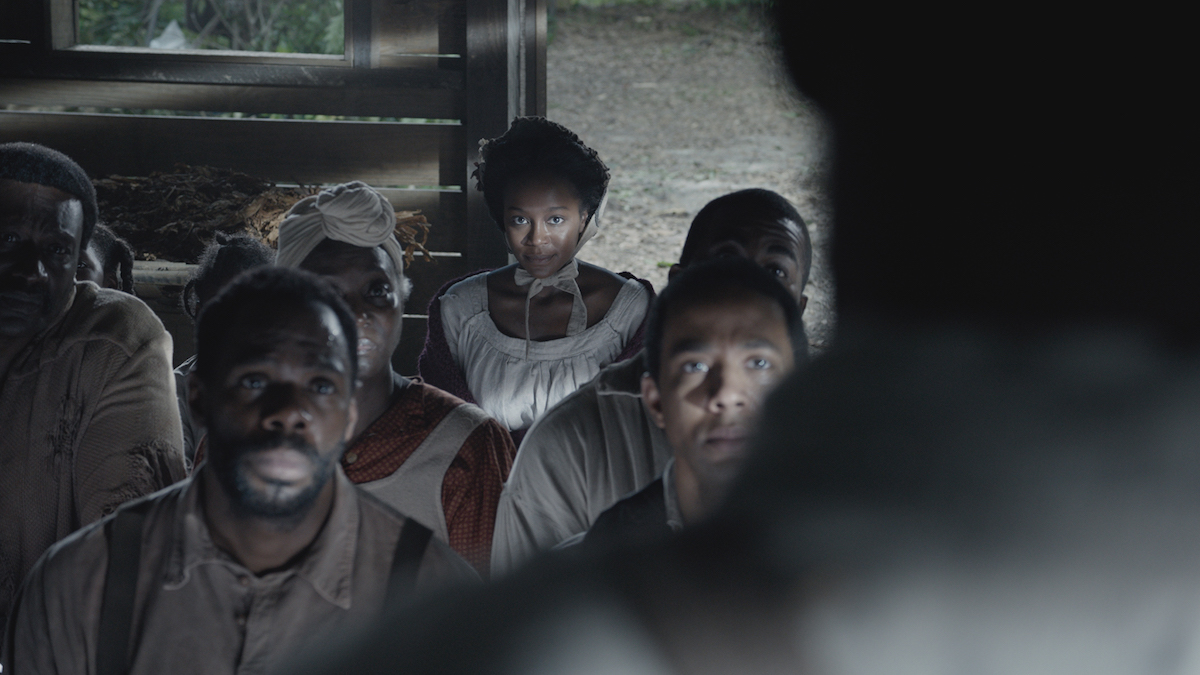
The 1831 slave rebellion that is the inspiration for the new movie The Birth of a Nation is commonly known as Nat Turner’s Rebellion, after the enslaved man (played by controversial filmmaker Nate Parker) who led the uprising that left dozens of people, including children, dead.
But there’s another name for that historical event: The Southampton Rebellion, after the Virginia county in which it took place.
And, says Vanessa M. Holden, an assistant professor of history at Michigan State University who is working on a book about the topic, that name is a more accurate description of what actually happened. Though Nat Turner was the man whose name has gone down in history as synonymous with rebellion, the entire community was involved. Holden recalls reading about the rebellion as an undergraduate student and realizing that almost everything she could find approached the event in one of two ways: dissecting Turner’s character to figure out why he had instigated the uprising, or examining the broad implications and impact of what he did. There was little time spent on the rest of the people who participated, and especially little time spent on the women.
“There’s a broad misconception that it’s almost impossible to find material about enslaved women, but when I’m asked what sources I look at, I actually look at the same sources everybody else looks at,” Holden says. “I just ask, Where are the women?”
And in fact, though only person among the dozens tried for the rebellion and executed by the state was a woman, Holden says she has found plenty of evidence from court records and other sources that women were deeply involved in what happened. The involvement of the woman who did hang was undeniable—she held her mistress down to try to ensure that the rebels would kill her, Holden says, but her mistress lived to tell the tale—and many others who were not found guilty were just as implicated as some of the men who were later executed. For example, both women and men were spotted near the sites of murders along the route of the uprising.
In addition, historians have shown that free women of color and enslaved women were deeply involved in the work of “everyday resistance” to slavery. That resistance could take forms that ranged from work stoppages or slow-downs to sheltering and feeding runaways. They were involved in illicit meetings that kept the black church alive, and they were crucial conduits for information.
“Women were essential to those sorts of everyday actions,” Holden says. “They’re not afterthoughts and they’re not being told what to do by men. They’re actually orchestrating these kinds of actions every single day.”
Get your history fix in one place: sign up for the weekly TIME History newsletter
So why isn’t that history better known?
There are a few reasons, Holden explains. For one thing, there was an obvious incentive among the slaves and their supporters to minimize the number of people implicated in insurrection. And the source material historians use makes it easy to focus on Turner. His published jailhouse “confession” helped spread the word about what had happened, helping it become, as Holden says, “historicized almost as soon as it happened.”
For another thing, a primary goal of the trials and executions that took place following the uprising was to lessen the impact on white slaveholders, not to achieve justice. (Holden points to Patrick Breen’s scholarship on the subject as supporting this view of the trials as “an elaborate exercise in mastery.”) Emphasizing Nat Turner’s role was a way to create an image of “this ultimate rebellion slave who was just deranged and convinced people who would otherwise have been happy slaves” to rebel. As a result, the idea of resistance didn’t have to be quite so terrifying—which comforted slaveholders and served as a rebuttal for those who might use the uprising as a reason to support abolition. In fact, even the Virginia legislature did debate ending slavery in the wake of the event, but the voices in favor of maintaining the institution were stronger. It was safer for the rulers of the slave economy to position Turner as one bad apple than to admit that any person of color in the region would have had a motive to do what he did.
“If they really did investigate everybody who could have possibly been involved, they would have had every slave in Southampton in the courtroom,” Holden says. “The truth is that everybody had a reason to rebel.”
And that, she says, is the most important thing for anyone seeing The Birth of a Nation to remember: slavery was always awful. That always crucial point gains an extra layer of importance in light of the brutality and violence of the Southampton Rebellion.
“Slavery wasn’t evil at the hands of one evil master; it wasn’t only evil in moments of extreme violence and torture or extreme moments of deprivation; it wasn’t only evil when families got separated. It was evil every moment of every day. In turn, resisting slavery always meant making a conscious decision to do harm—economically, socially, physically, mentally, emotionally—because the system was abhorrent,” Holden says. “It’s important to remember that the violence [in Southampton] was a direct response to the specter of violence that was American slavery. It’s not fair to the historical subjects that I study, the women, to assume that they could only be victims of that violence.”
More Must-Reads from TIME
- Cybersecurity Experts Are Sounding the Alarm on DOGE
- Meet the 2025 Women of the Year
- The Harsh Truth About Disability Inclusion
- Why Do More Young Adults Have Cancer?
- Colman Domingo Leads With Radical Love
- How to Get Better at Doing Things Alone
- Michelle Zauner Stares Down the Darkness
Write to Lily Rothman at lily.rothman@time.com